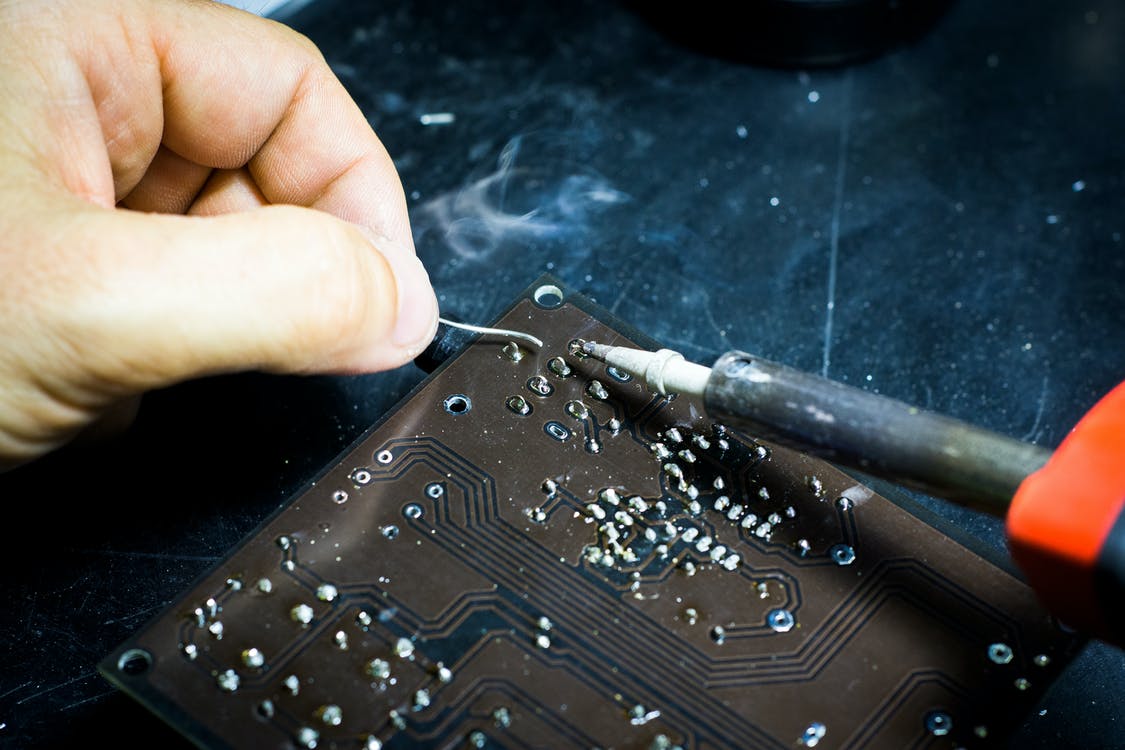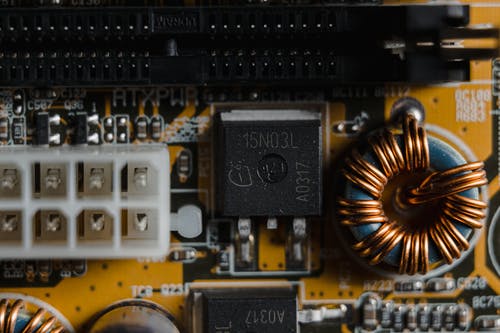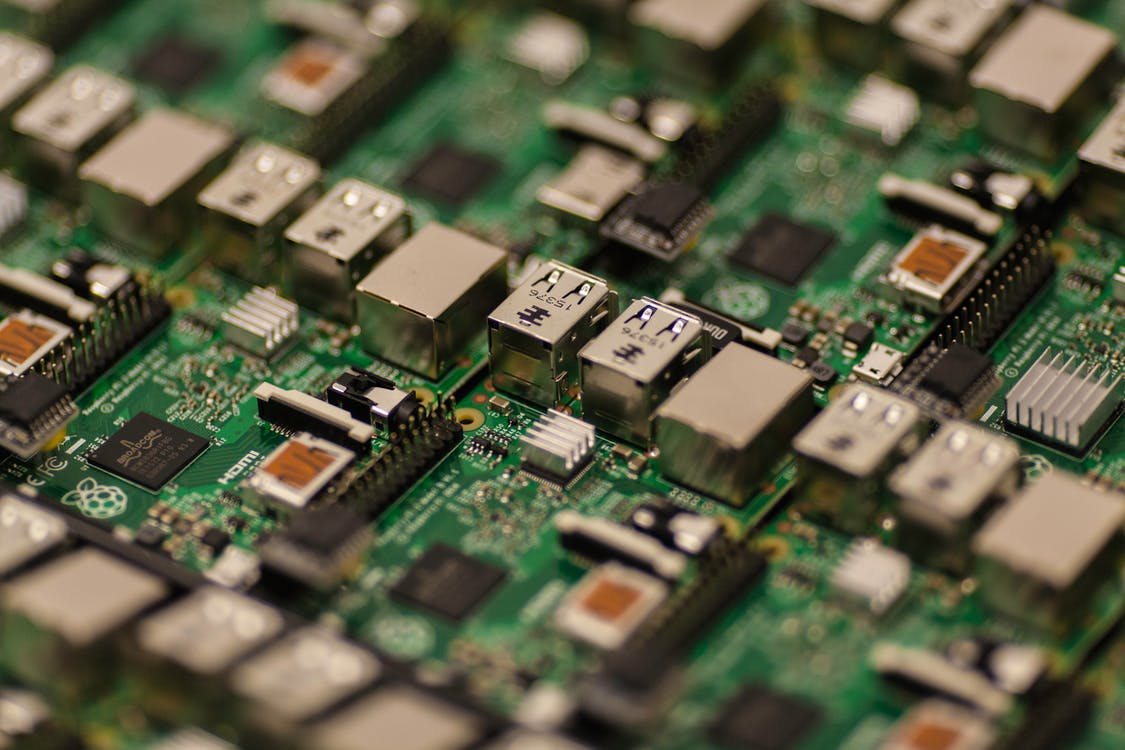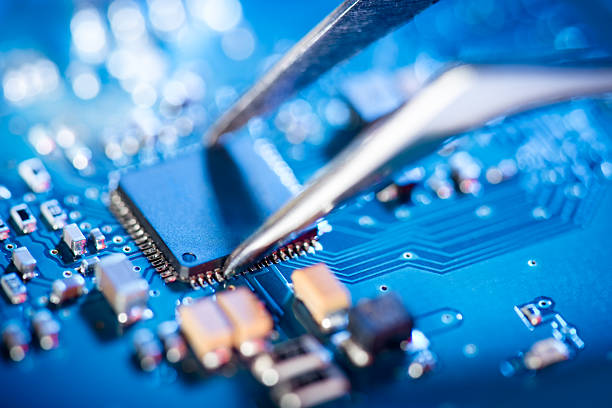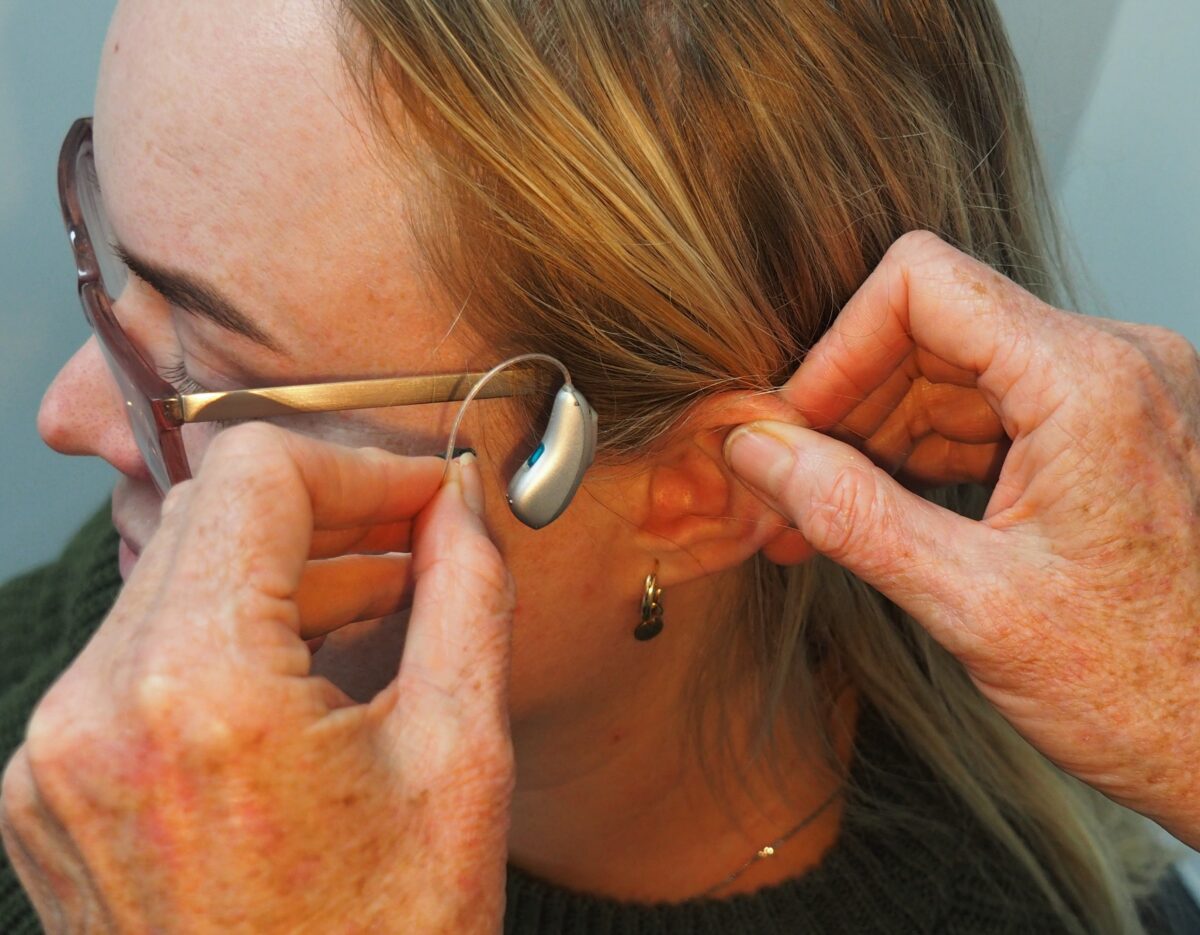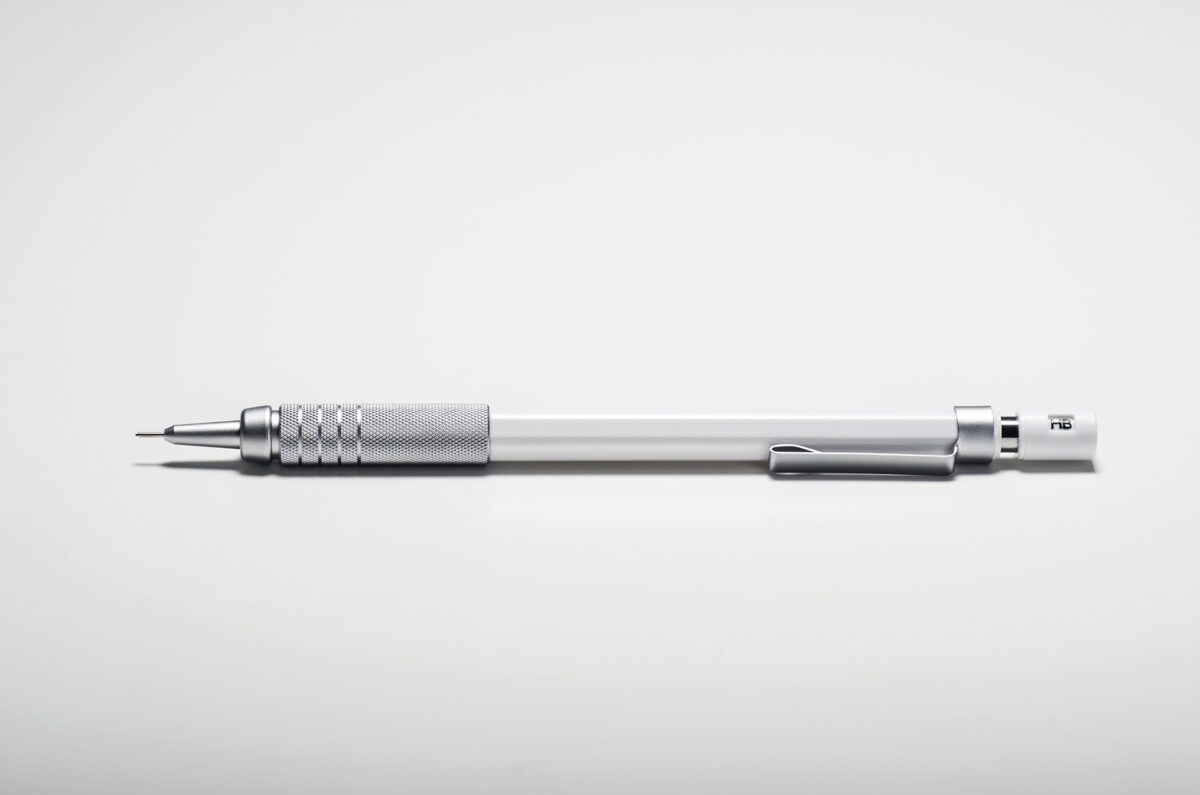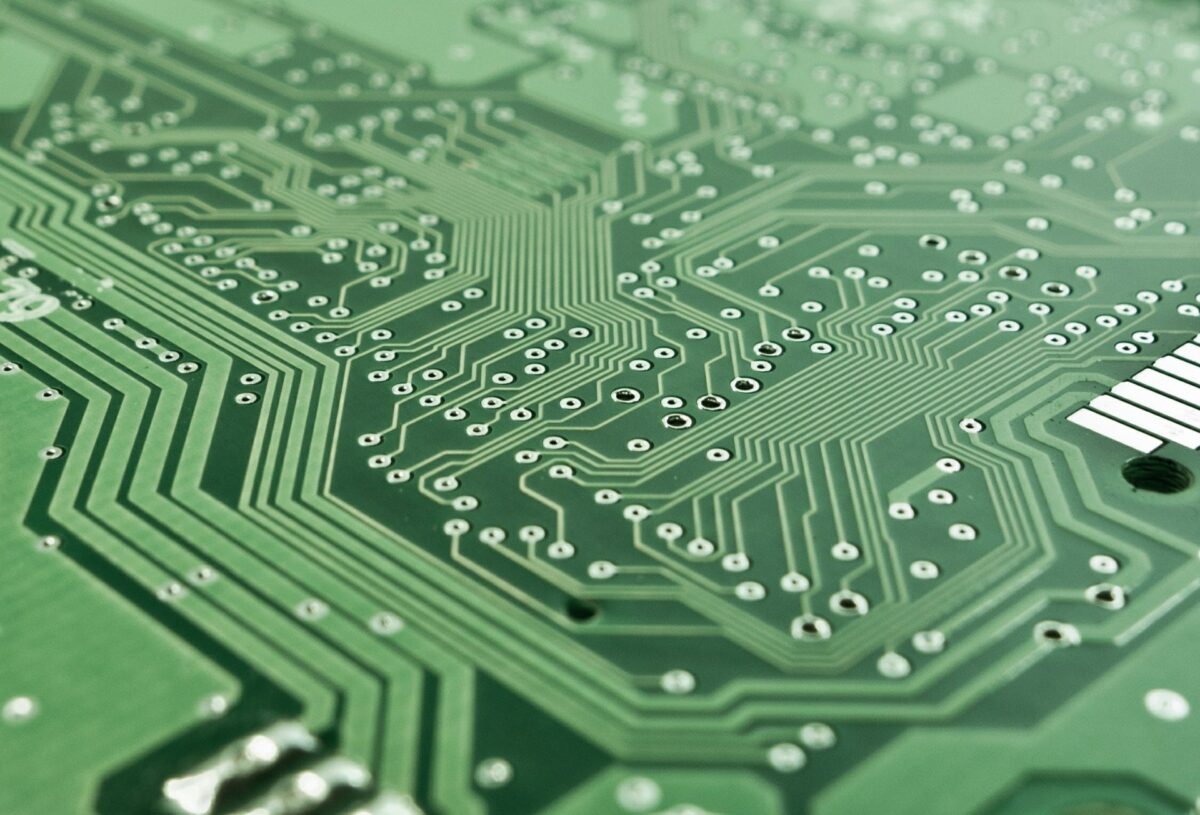Thermal management of semiconductors
Too hot to handle
Every electronic device or circuit will create heat when in use, and it’s important to manage this. If the thermal output isn’t carefully controlled it can end up damaging, or even destroying the circuit.
This is especially an issue in the area of power electronics, where circuits reaching high temperatures are inevitable.
Passive thermal dissipation can only do so much. Devices called heat sinks can be used in circuits to safely and efficiently dissipate the heat created. Fans or air and water-cooling devices can be used also.
Feelin’ hot, hot, hot!
Using thermistors can help reliably track the temperature limits of components. When used correctly, they can also trigger a cooling device at a designated temperature.
When it comes to choosing a thermistor, there is the choice between negative temperature coefficient (NTC) thermistors, and positive temperature coefficient (PTC) thermistors. PTCs are the most suitable, as their resistance will increase as the temperature does.
Thermistors can be connected in a series and can monitor several potential hotspots simultaneously. If a specified temperature is reached or exceeded, the circuit will switch into a high ohmic state.
I got the power!
Power electronics can suffer from mechanical damage and different components can have different coefficients of thermal expansion (CTE). If components like these are stacked and expand at different rates, the solder joints can get damaged.
After enough temperature changes, caused by thermal cycling, degradation will start to be visible.
If there are only short bursts of power applied, there will be more thermal damage in the wiring. The wire will expand and contract with the temperature, and since both ends of the wire are fixed in place this will eventually cause them to detach.
The heat is on
So we’ve established that temperature changes can cause some pretty severe damage, but how do we stop them? Well, you can’t really, but you can use components like heat sinks to dissipate the heat more efficiently.
Heat sinks work by effectively taking the heat away from critical components and spreading it across a larger surface area. They usually contain lots of strips of metal, called fins, which help to distribute heat. Some even utilise a fan or cooling fluid to cool the components at a quicker speed.
The disadvantage to using heat sinks is the amount of space they need. If you are trying to keep a circuit small, adding a heat sink will compromise this. To reduce the risk of this as much as possible, identify the temperature limits of devices and choose the size of heat sink accordingly.
Most designers should provide the temperature limits of devices, so hopefully matching them to a heat sink will be easy.
Hot ‘n’ cold
When putting together a circuit or device, the temperature limits should be identified, and measures put in place to avoid unnecessary damage.
Heat sinks may not be the best choice for everyone, so make sure to examine your options carefully. There are also options like fan or liquid-based cooling systems.
Cyclops Electronics can supply both electronic components and the heat sinks to protect them. If you’re looking for everyday or obsolete components, contact Lantek today and see what we can do for you.

